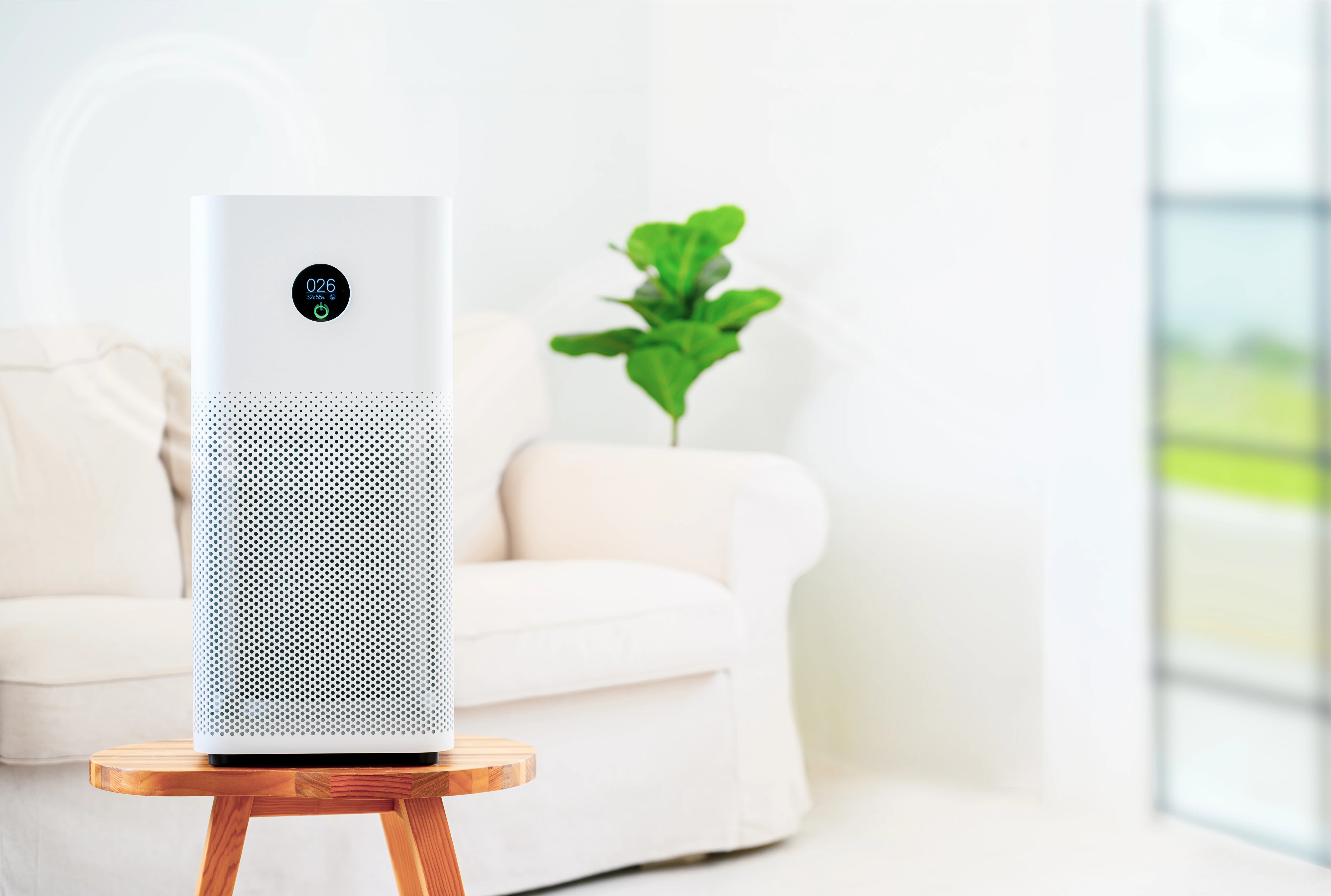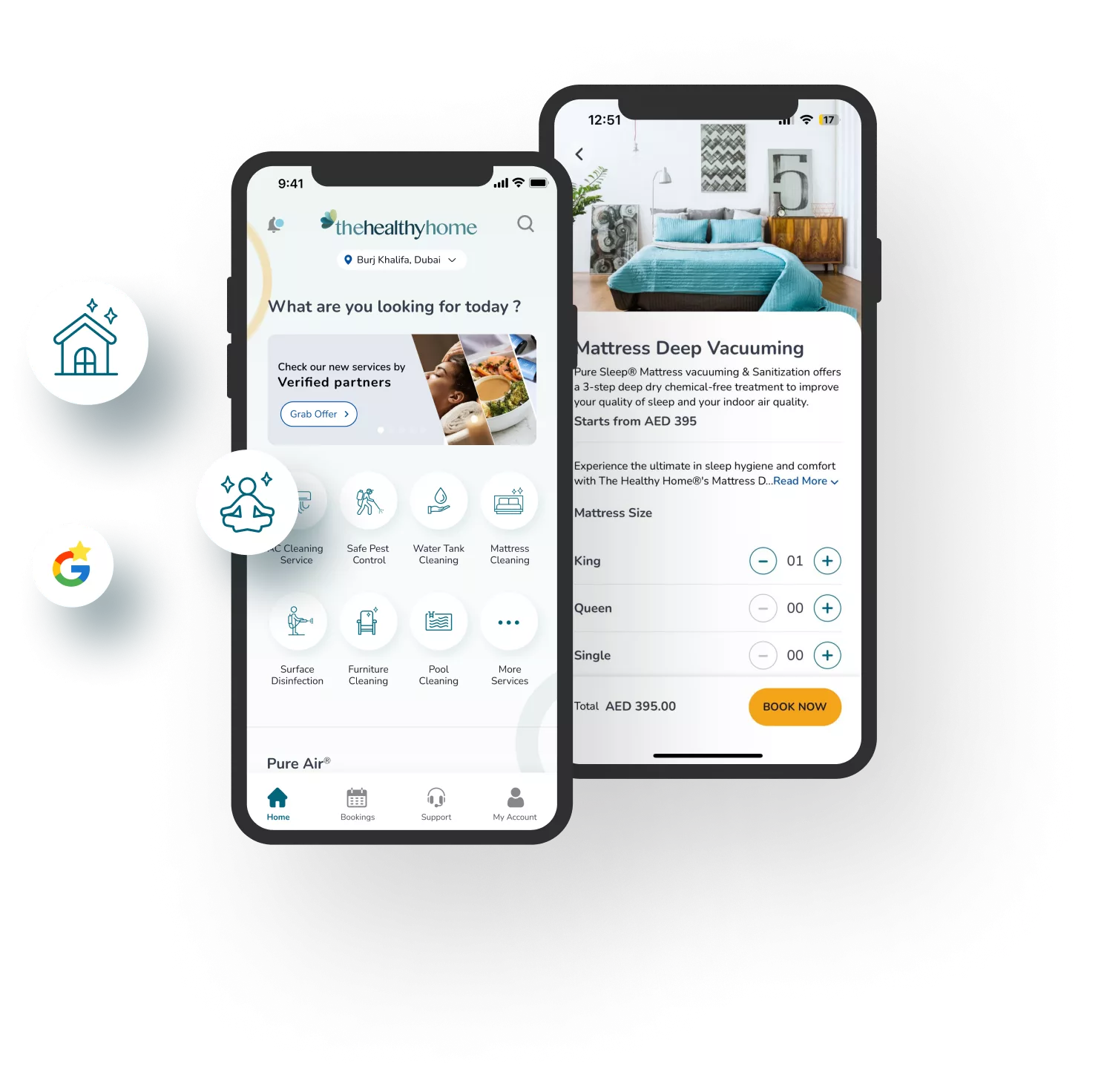"A well-chosen, good air purifier improves not just the air you breathe, but your overall comfort and health."
)
A good air purifier can be a game-changer for indoor air quality, especially in environments with high pollution, allergens, or humidity. But choosing the right one isn't as straightforward as it may seem. With so many models, features, and marketing terms thrown around, it's easy to end up with a device that doesn’t meet your needs. To help you make a smart decision, here are the most common mistakes to avoid when buying an air purifier.
One of the biggest mistakes people make is not checking what kind of filters the air purifier uses. The gold standard for removing airborne particles is a HEPA filter (High-Efficiency Particulate Air), which captures at least 99.97% of particles as small as 0.3 microns. However, not all purifiers use true HEPA filters; some use HEPA-like filters, which are less effective.
In addition, filters don’t last forever. Some need to be replaced every 6 to 12 months, and the cost of replacements can add up quickly. Always check the type of filters used, how often they need replacement, and whether they are easily available in your area. A good air purifier will list the type of filter it uses and provide transparent information on replacement intervals and costs. Avoid models that use proprietary filters that are hard to find or overpriced.
Bigger doesn’t always mean better. Some people buy the largest unit they can find, thinking it will clean the air more efficiently, while others go too small to save money. In both cases, the result is poor performance. A good air purifier is one that’s properly matched to the size of your room.
Before buying, measure your room and match it to the purifier's recommended coverage area. If you plan to move the purifier between rooms, choose one with a broad coverage range and portability. Many manufacturers provide coverage guidelines, but be sure to check whether they’re based on ideal conditions or real-life scenarios.
People often assume that all air purifiers address the same issues, but that’s not true. For example, if you're dealing with asthma or allergies, a HEPA filter is a must. If odors or VOCs (volatile organic compounds) are your main concern, like in homes with paint fumes, smoke, or cleaning chemicals, look for an air purifier that includes an activated carbon filter. A good air purifier tailored to your health needs can make a significant difference.
Some advanced models include UV-C light or ionizers to kill bacteria and viruses. However, these features can release ozone, which can be harmful in enclosed spaces. Be cautious and always check whether the device is ozone-safe and complies with international health standards.
For consumers in the UAE, it's important to choose an air purifier that complies with local safety standards and is built to handle the region’s unique climate conditions. High humidity, frequent dust, and sand particles from desert winds require a device with strong particulate filtration and moisture resistance. Look for models that are tested for performance in hot and dusty environments, and ensure they meet the regulatory requirements set by the UAE authorities.
Manufacturers often market features like smartphone connectivity, colored lights, or air quality indicators. While these can be useful, they don’t necessarily make the purifier more effective. Focus first on essential features like filter quality and noise level. Extras should only influence your decision if they serve a practical purpose, such as a real-time air quality sensor that adjusts fan speed automatically.
An air purifier that’s too loud won’t be used regularly, especially in bedrooms or study areas. Always check decibel ratings, especially at higher fan speeds. Many users prefer models with a sleep or quiet mode for night use.
Maintenance is another overlooked factor. Make sure the unit is easy to open and clean, and that filters can be replaced without hassle. A good air purifier should also be easy to maintain. Some models have washable pre-filters that extend the life of HEPA or carbon filters, reducing long-term costs.
"A well-chosen, good air purifier improves not just the air you breathe, but your overall comfort and health."
Where you place the unit plays a major role in its performance. A common mistake is putting it in a corner, under furniture, or near walls. Air purifiers need adequate airflow, so place them where air can circulate freely, ideally in the center of the room or near the main pollutant source (like a smoking area or cooking zone).
Also, avoid placing the air purifier near electronics or anything that blocks the intake and outflow vents. This ensures the air is drawn in and pushed out efficiently.
Because air purifiers often run for hours or even continuously, energy use adds up. Energy-efficient models can save you money over time. Check the wattage and power settings to find a balance between performance and electricity consumption.
A good air purifier will strike a balance between power and efficiency. Running an efficient air purifier on a medium setting can provide consistent purification without driving up your energy bill, especially in hot climates like Dubai, where AC units already strain electricity usage.
Buying an air purifier should be part of a broader plan to improve indoor air quality, not a one-time fix. If your home constantly smells musty or feels stuffy, the source of the issue might be mold, poor ventilation, or dust accumulation in the AC system.
To get the most out of your air purifier, pair it with routine AC cleaning, mold inspections, and other IAQ (Indoor Air Quality) measures. Think of the air purifier as a support tool, not the sole solution.
A well-chosen, good air purifier improves not just the air you breathe, but your overall comfort and health. Take the time to assess your space, understand your needs, and verify performance specs and certifications. With the right approach, you’ll invest in a cleaner, healthier living environment for years to come.
